Wildlife
All Wildlife Content
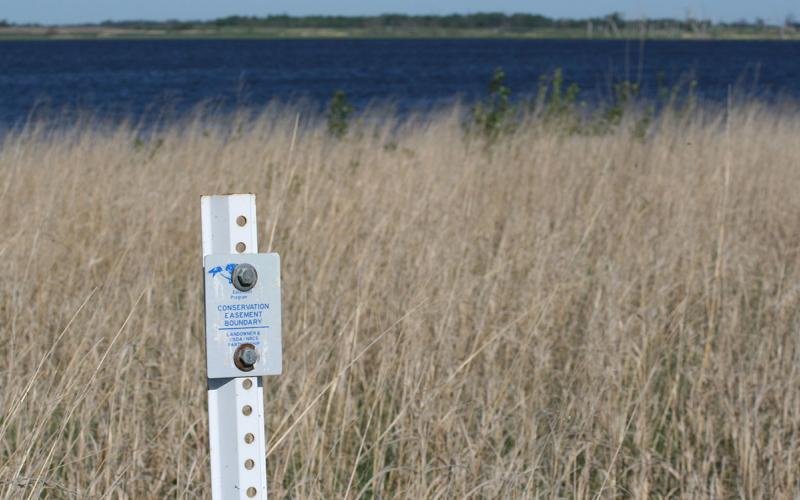
Understanding Conservation Easements
Conservation easements are a common, yet often misunderstood, real estate transaction tool. This article is intended to provide factual information regarding the rules and regulations that govern the use of conservation easements in South Dakota.
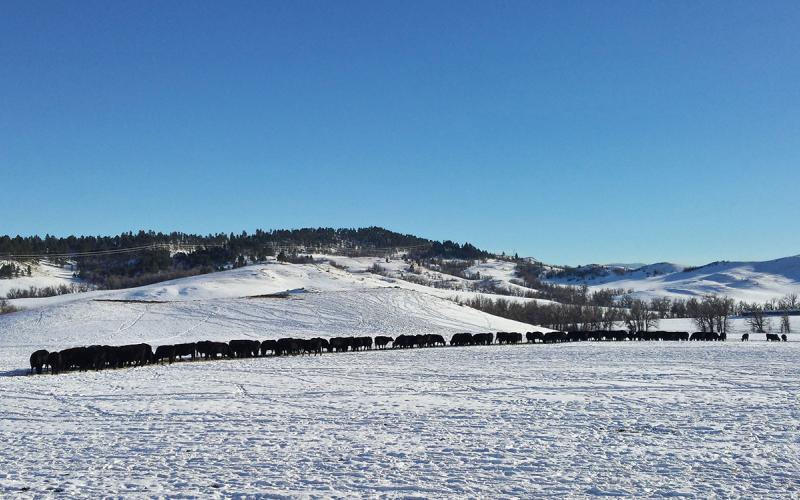
Swath/Bale Grazing
Swath grazing and bale grazing are harvest systems that mesh haying and grazing techniques. Generally, the objective is to reduce labor and equipment expenses by allowing livestock to consume the hay crop in the field.
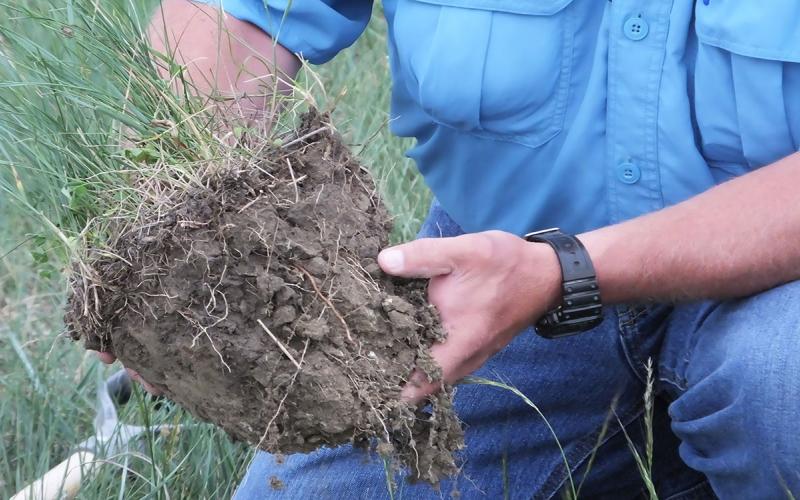
Fertilizing Grasslands
Grassland fertilization, like many other grassland management topics, is highly dependent on certain parameters, such as soil type, vegetation type and harvest methods.

Managing and Protecting Grasslands for the Future
Grasslands are a valuable resource for South Dakota, and many of our core industries rely on the perpetuation of healthy grasslands for agriculture, recreation and tourism. Regardless of goals and objectives, many grassland landowners desire assistance with short and long-term grassland management goals.
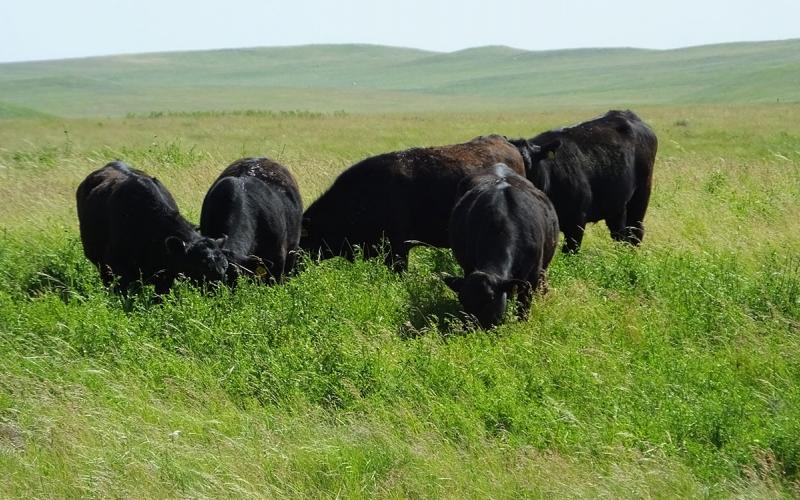
Estimating Livestock Consumption
When planning a grazing strategy, it is important to carefully assess goals and objectives and then match those goals and objectives with the appropriate livestock. It is critical that the manager understand that not all livestock are created equal.
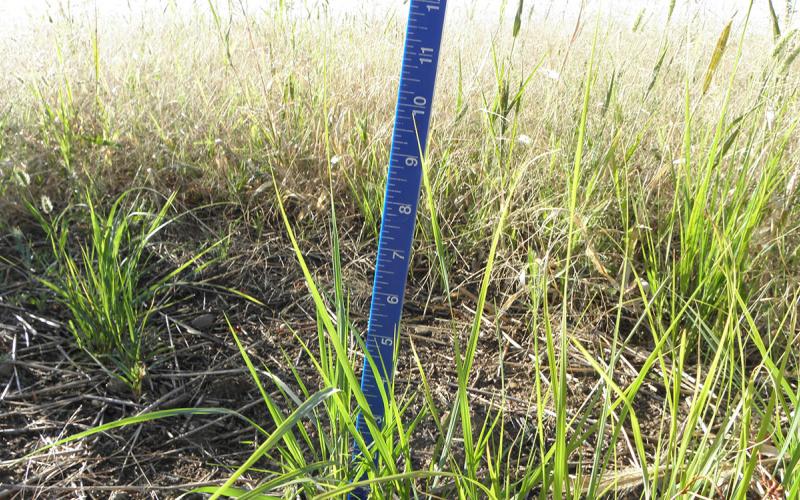
Measuring Grassland Production
Assessing pasture forage production is a key step in planning harvest strategies and can also inform the manager on the status of wildlife habitat or other grassland values.
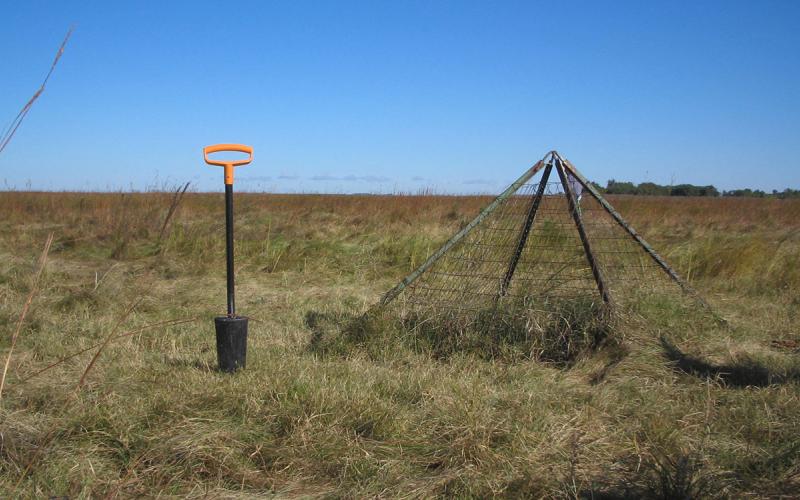
Monitoring Success
While periodic monitoring is necessary for continued success, a thorough evaluation in the first few months will tell you a lot about grazing levels, benefits to livestock and livestock-to-acre ratio.
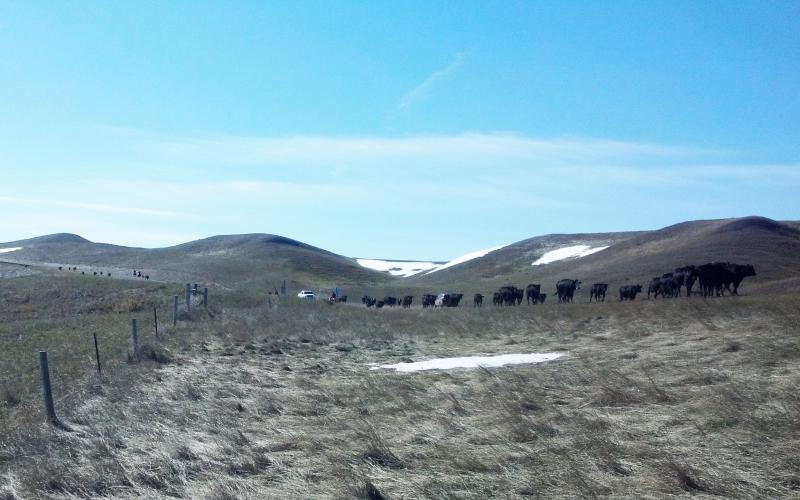
Winter Grazing
The predominant factor in winter grazing is ensuring adequate forage availability while considering long-term range health. When managed correctly, grazing winter range can be a viable option for controlling feed costs without negatively impacting rangelands.
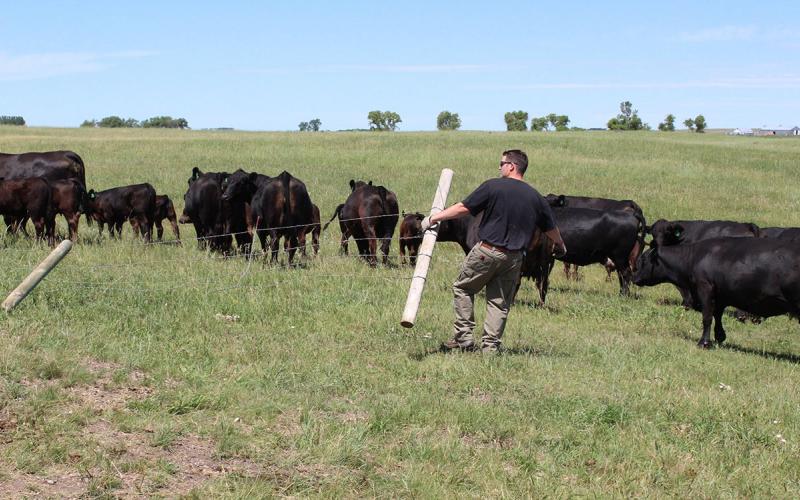
Grazing Contracting
For those who own grasslands not typically grazed, or for those looking for a better contract basis, there are several grazing contract options that can be explored.

Hay Harvest Contracting
For those landowners who typically lease or harvest grasslands for hay, contracting for services is a learned business that can have local variations in how the grass and associated services are valued.